A baitcaster provides greater casting distance and control for heavier lures, while a spinning reel is easier to use and better for lighter lures and finesse fishing.
When it comes to choosing a fishing reel, one of the most common debates among anglers is baitcaster vs spinning reel. Both have their advantages, but selecting the right one can impact your success on the water. Whether you're casting for big fish in saltwater fishing or perfecting finesse techniques, understanding the differences between these two reels is essential.
Understanding the Basics: What Are Baitcasters and Spinning Reels?
What is a Spinning Reel?
A spinning reel is designed with a fixed spool, meaning the line unwinds freely when casting. This setup makes it easier to use and more forgiving for anglers of all experience levels.
Advantages of a Spinning Reel
-
Great for lighter lures and finesse fishing techniques.
-
Minimal learning curve, making it ideal for beginners.
-
Less prone to backlash compared to a baitcasting reel.
-
Works well with light line, reducing line twist when used correctly.
-
Perfect for float fishing, live bait, and soft plastics.
What is a Baitcaster Reel?
A baitcaster reel (or baitcasting reel) features a rotating spool that provides more casting control and accuracy. Unlike a spinning reel, a baitcaster requires an experienced thumb to control the line and prevent backlash.
Advantages of a Baitcaster Reel
-
Provides greater distance and accuracy for long casts.
-
Handles heavier lures and heavier lines better than a spinning reel.
-
Offers superior control when fighting big fish in heavy cover.
-
Works well for bass fishing, vertical jigging, and power fishing techniques.
Differences Between Baitcast Reels and Spinning Reels
1. Casting Distance and Accuracy
Baitcasting reels offer superior casting distance and pinpoint accuracy, making them great for longer casts with heavier lures. Spinning reels, while easier to cast, lack the same precision when targeting specific spots.
2. Line Type and Management
Spinning reels work best with lighter line, making them ideal for light lures and finesse presentations. Baitcaster reels excel with heavier line, giving them an advantage in heavy cover or when targeting big fish.
3. Lure and Bait Compatibility
Spinning rigs handle lighter lures, live bait, and soft plastics exceptionally well. Baitcasting setups are better suited for heavier lures and techniques that require power fishing.
4. Learning Curve and Ease of Use
Spinning reels are more beginner-friendly, with little risk of line twist or backlash. Baitcasting reels require more practice due to their learning curve but reward experienced anglers with better control.
Best Scenarios for Each Reel Type
When to Use a Spinning Reel
-
A spinning setup is best for beginners or those who prefer ease of use.
-
Ideal for finesse fishing, float fishing, and live bait setups.
When to Use a Baitcast Reel
-
A baitcasting setup is best for experienced anglers who need greater control.
-
Ideal for bass fishing, heavy cover, and casting gear that requires precision.
-
Works well for casting heavier lures and power fishing techniques.
Which Reel Should You Choose?
Both spinning reels and baitcasting reels have their place in an angler’s arsenal. If you’re just starting or prefer ease of use and finesse fishing, a spinning reel is the way to go. On the other hand, if you’re looking for greater casting distance, accuracy, and the ability to handle heavier lures, a baitcaster reel is the better choice.
Ultimately, personal preference plays a significant role. Some anglers even keep both spinning and baitcasting setups on hand to match different conditions.
Shop Quality Reels at The Saltwater Edge
At The Saltwater Edge, we offer a curated collection of the best spinning reels, baitcaster reels, and gear designed for saltwater fishing. Our selection ensures you get the best performance and reliability from your equipment.






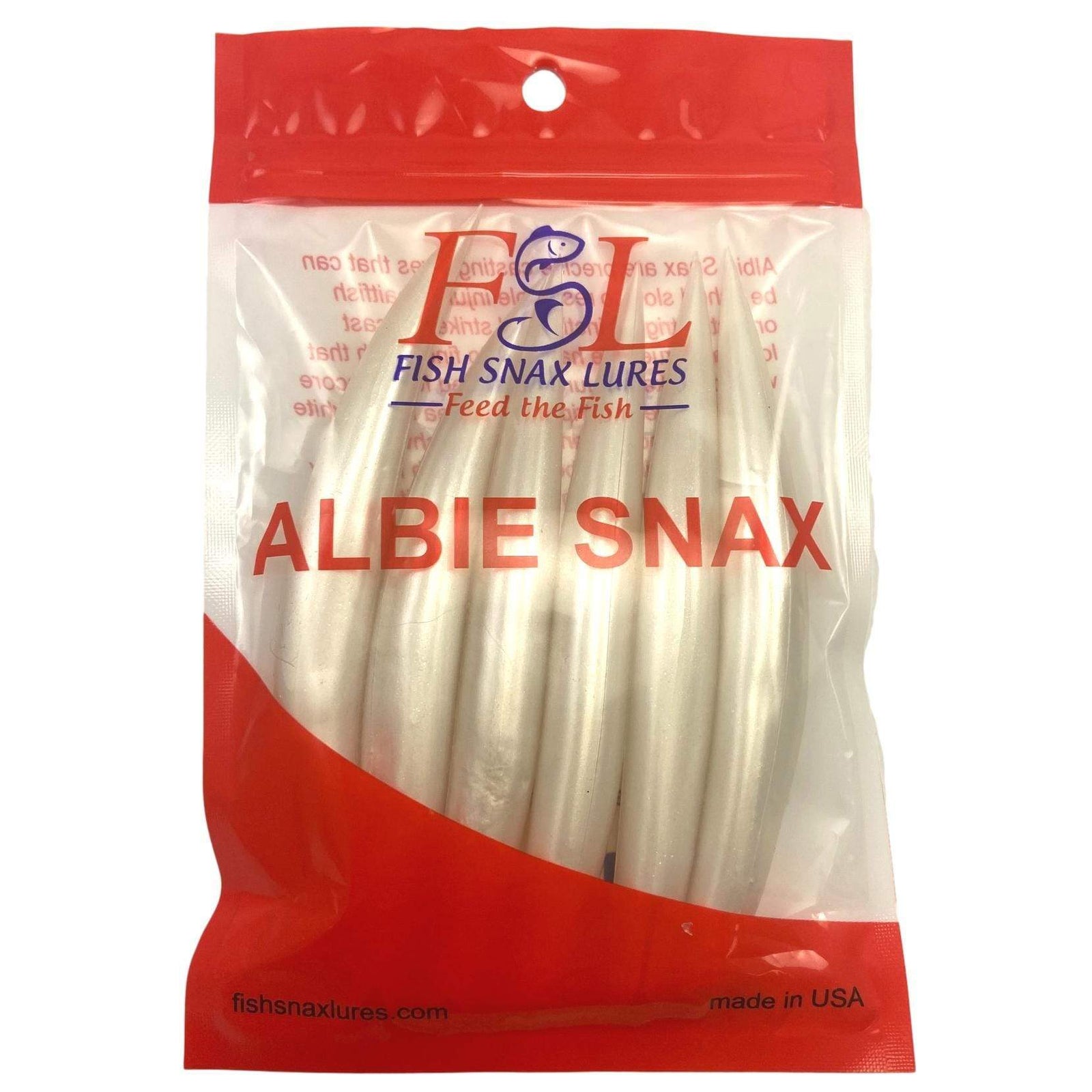


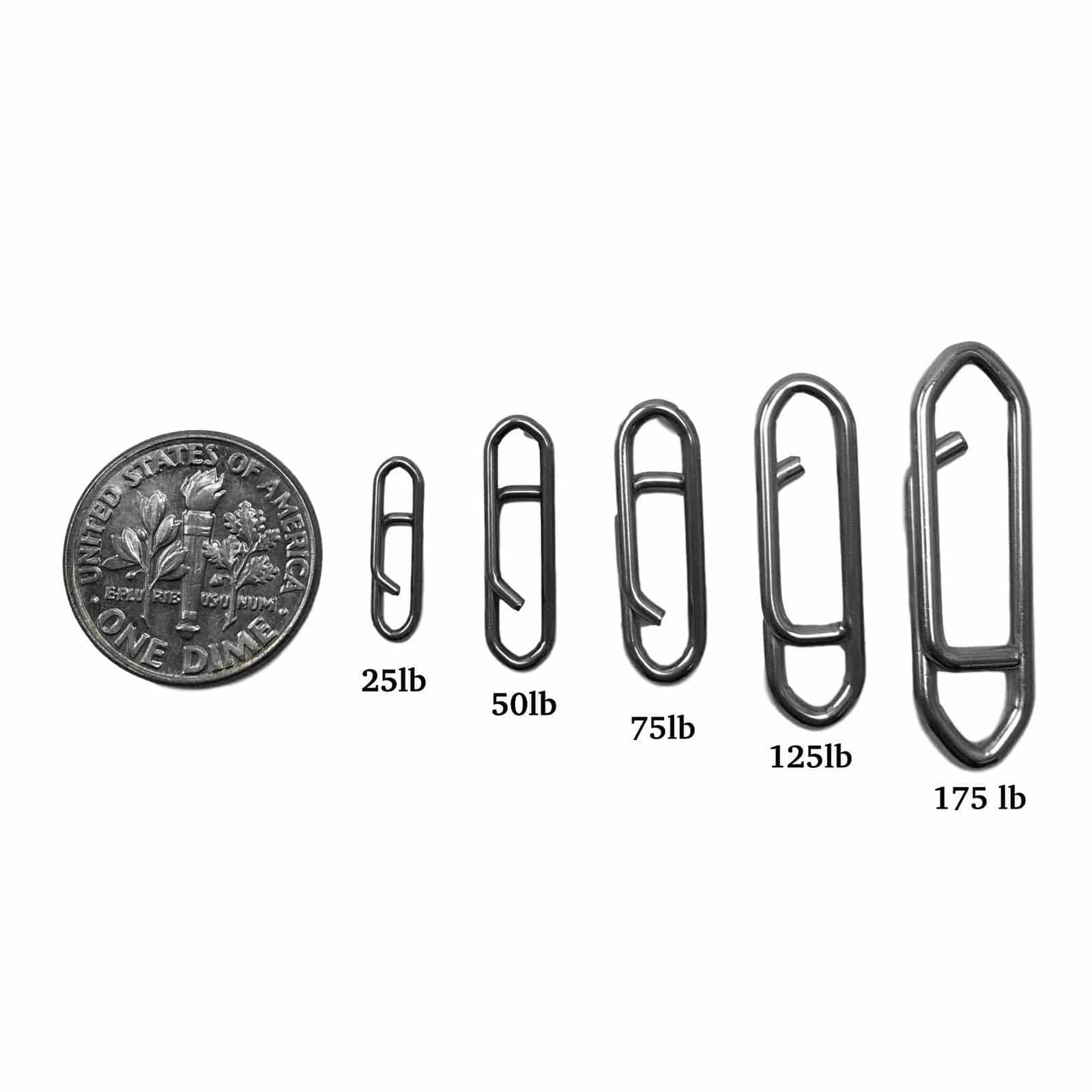




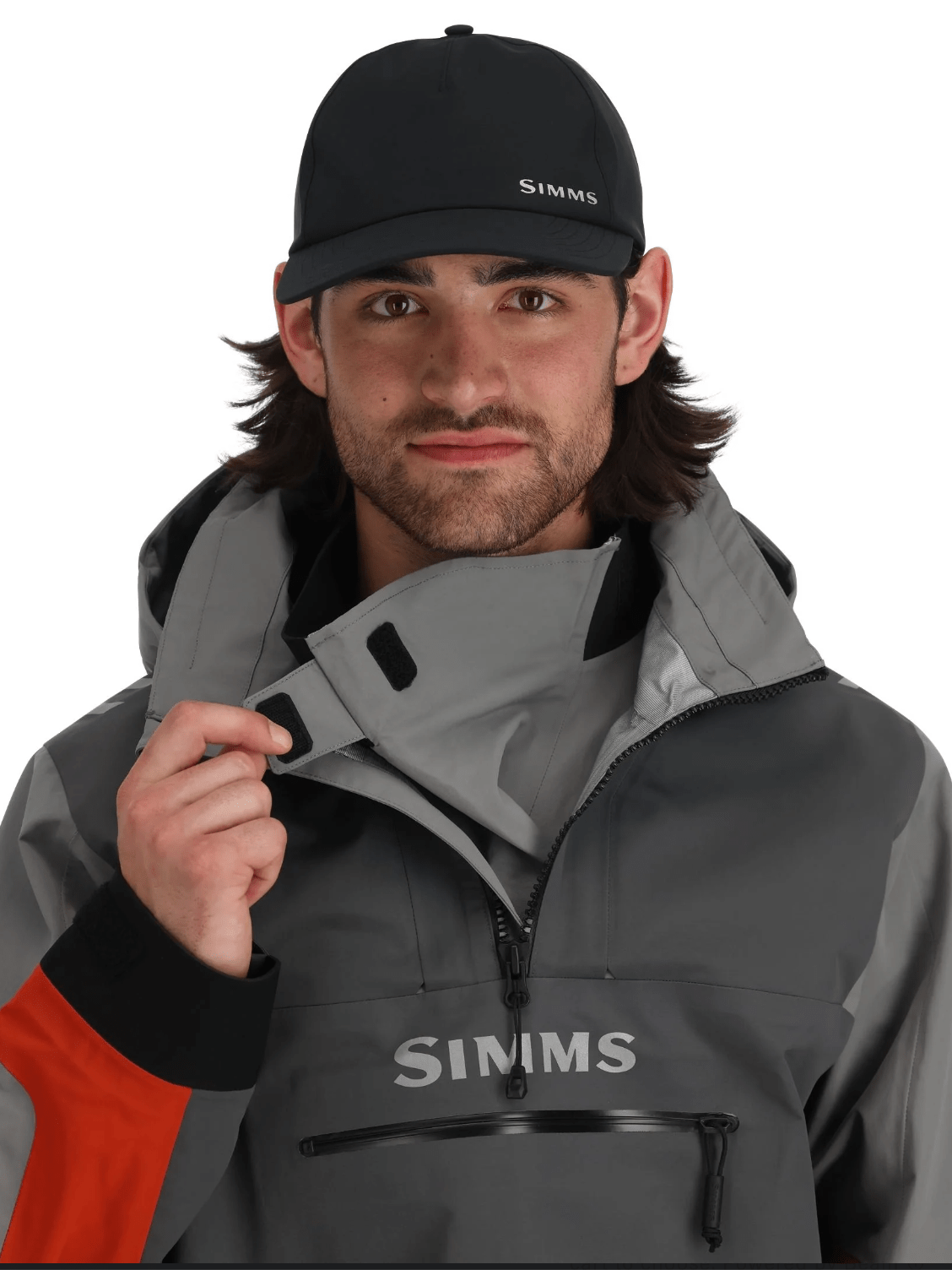

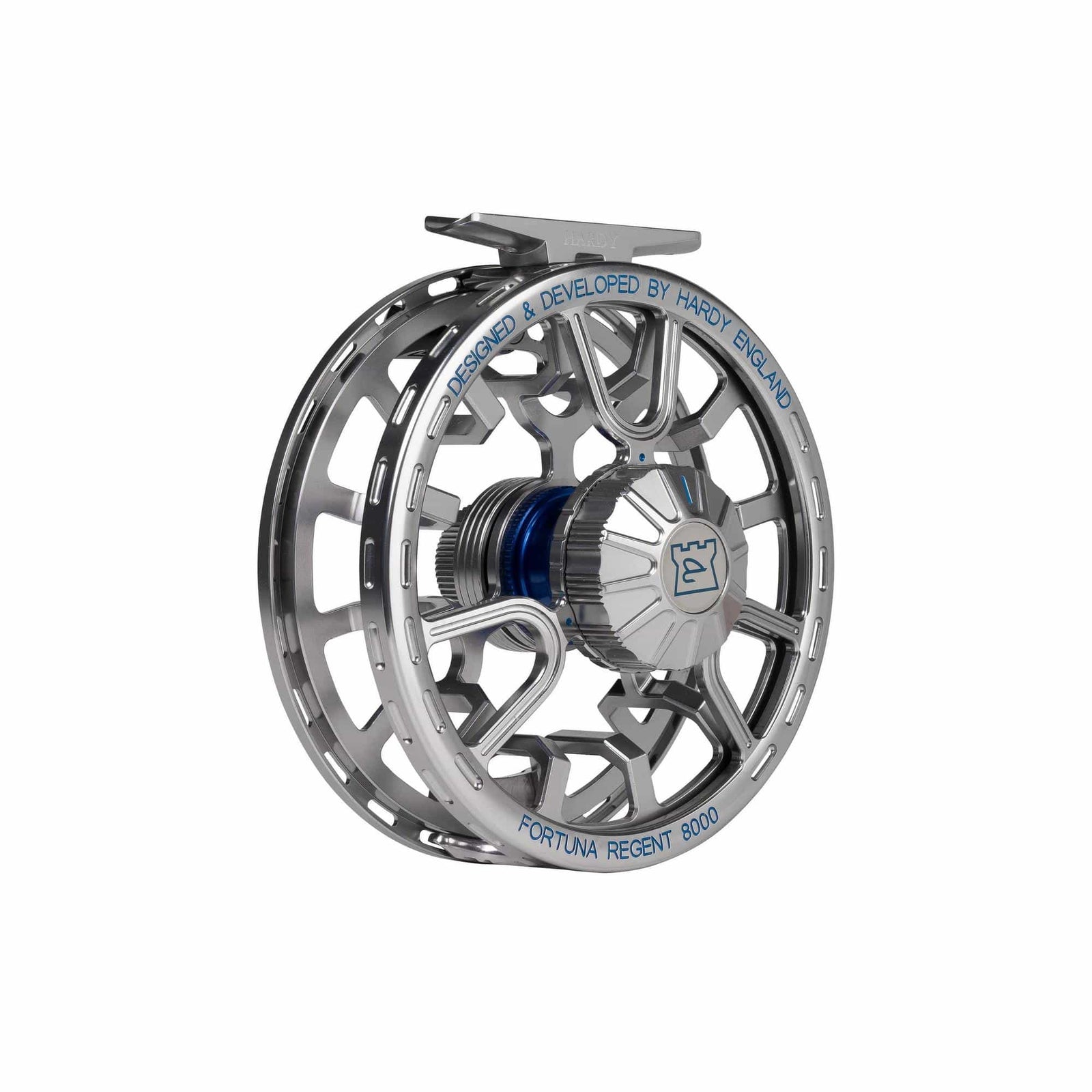
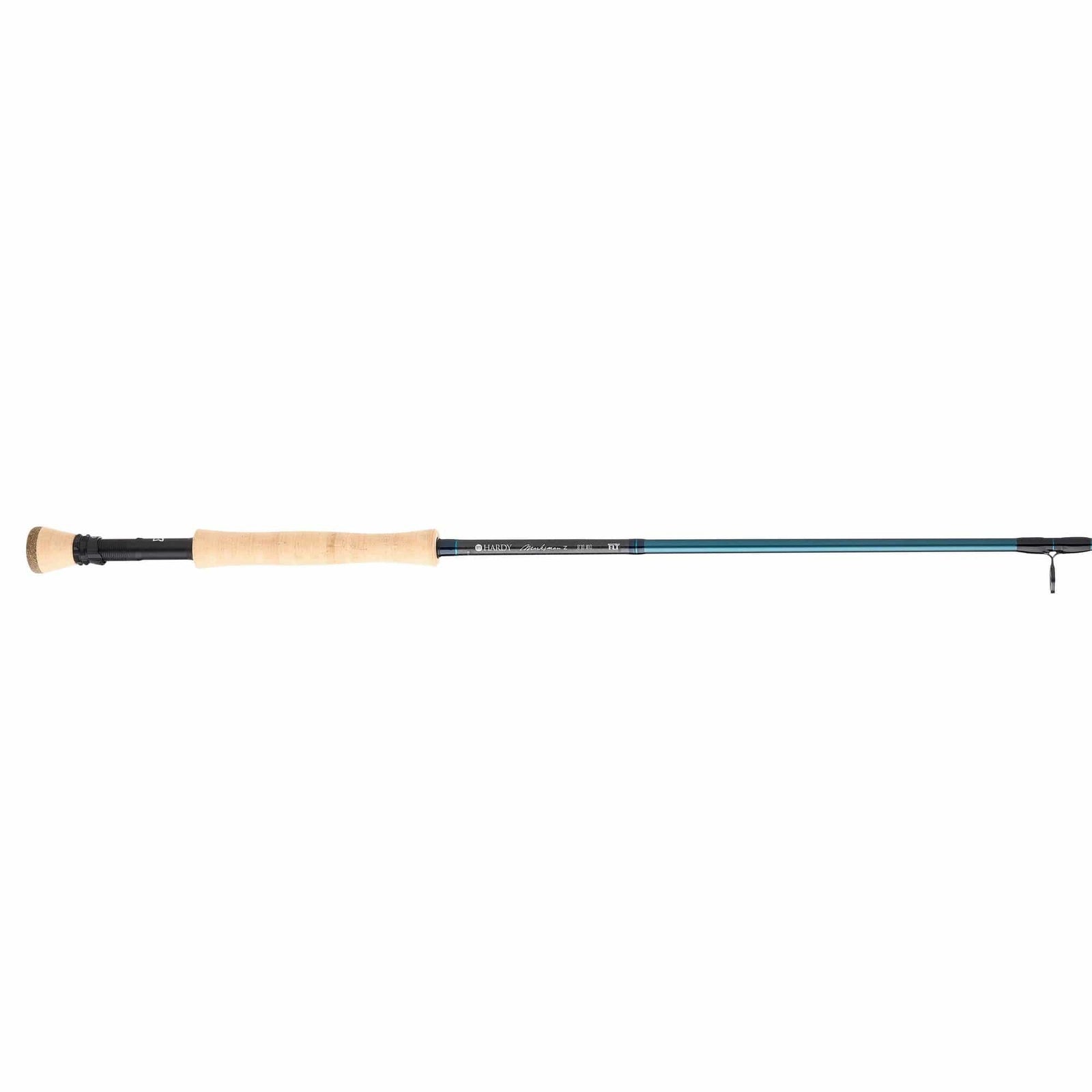
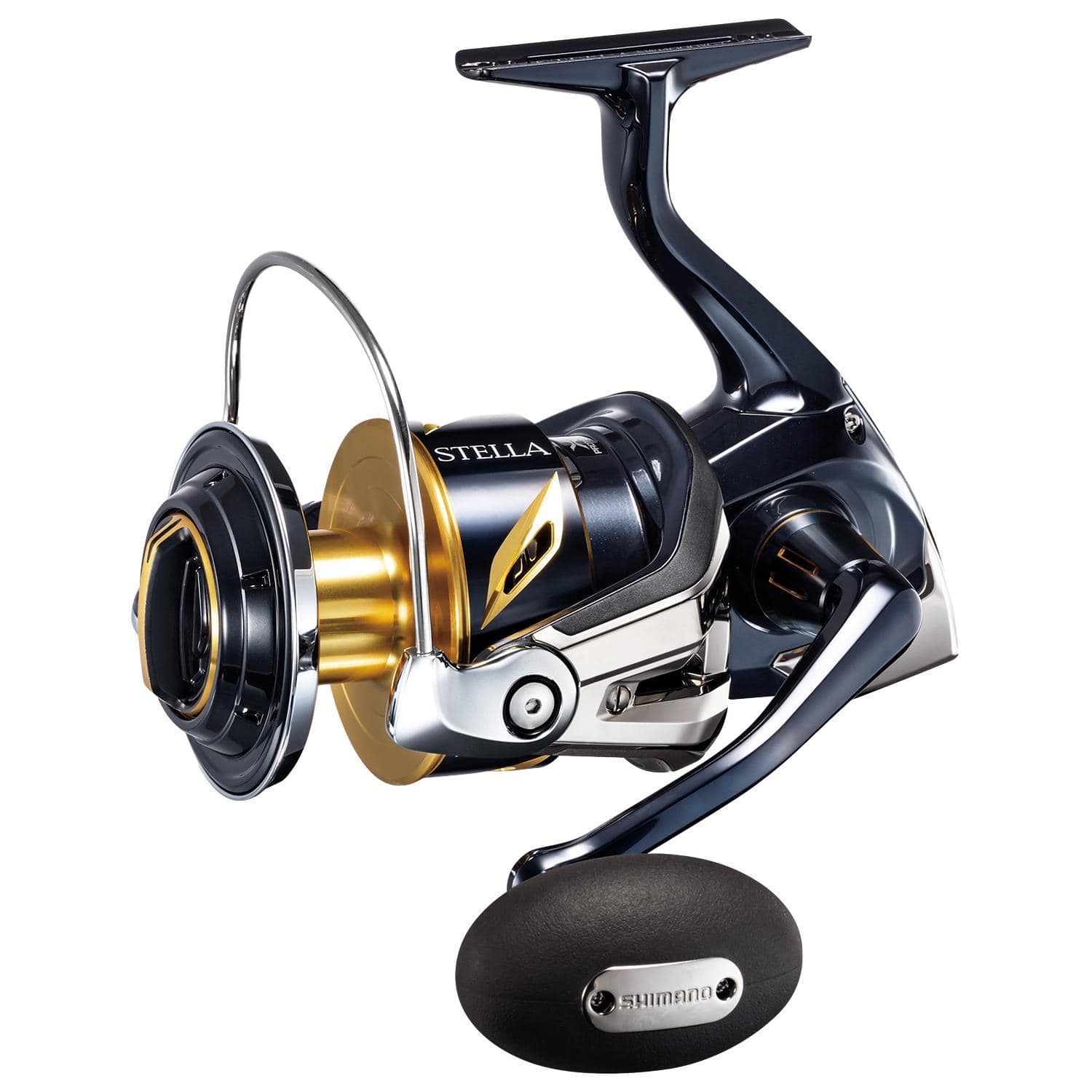
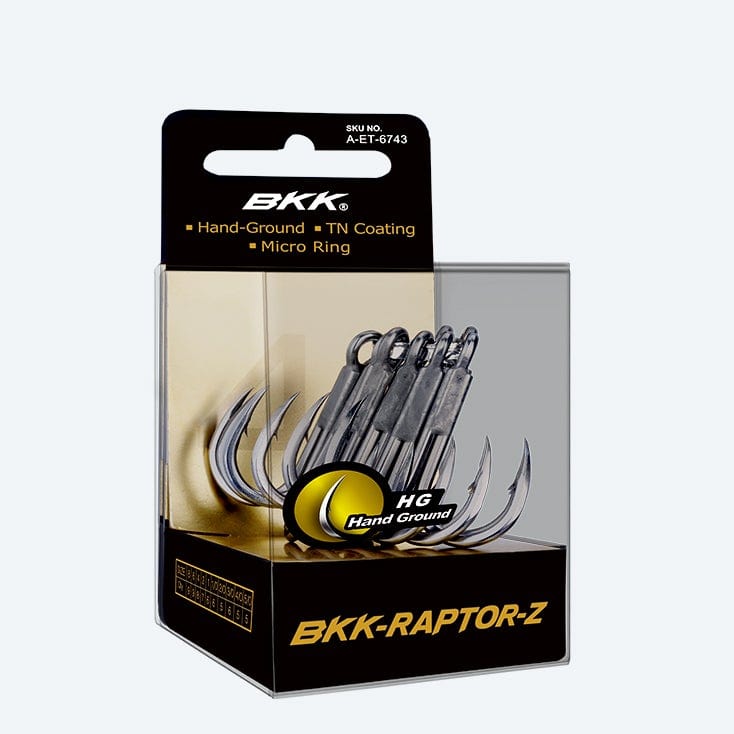





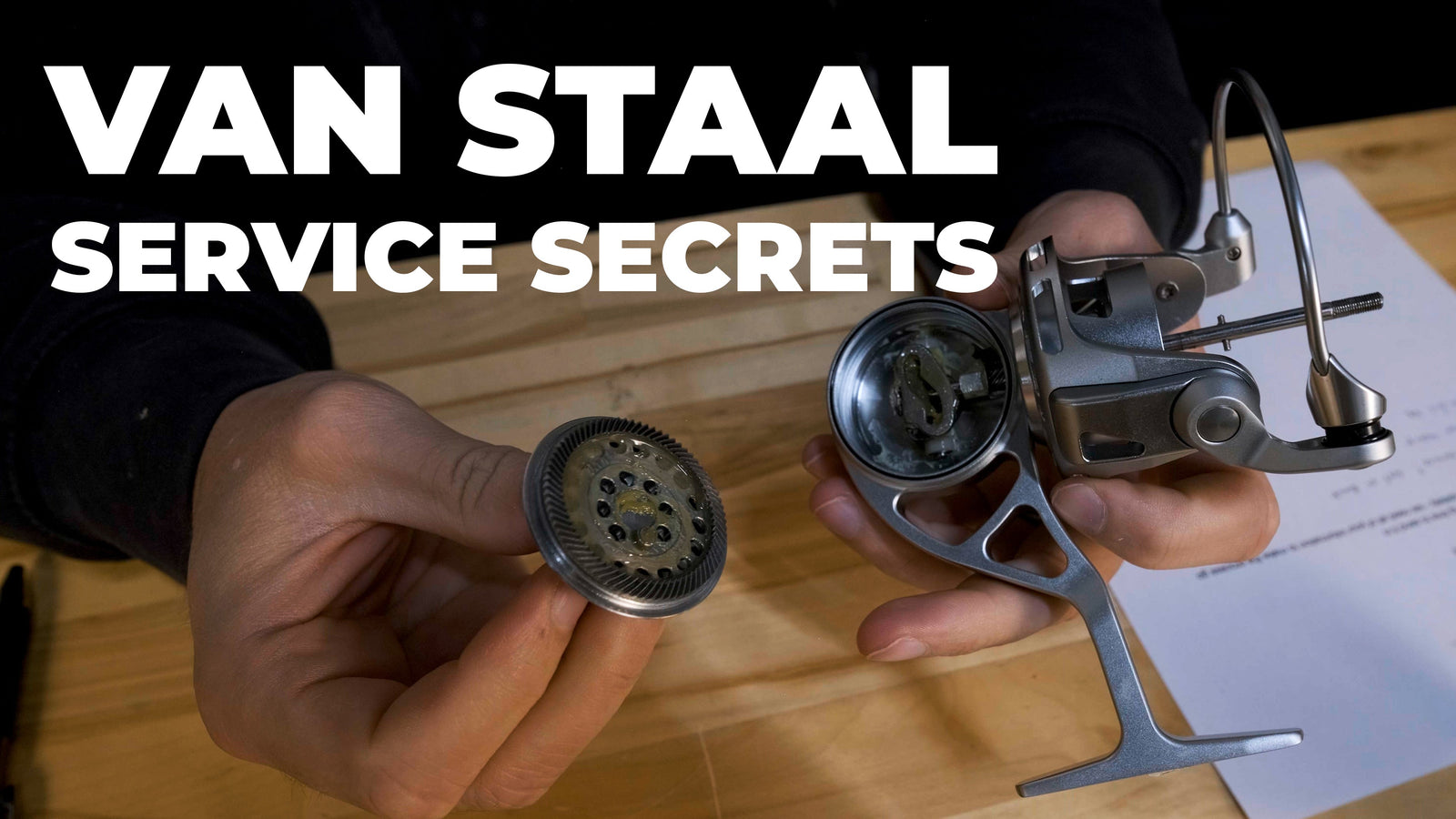


Leave a comment (all fields required)